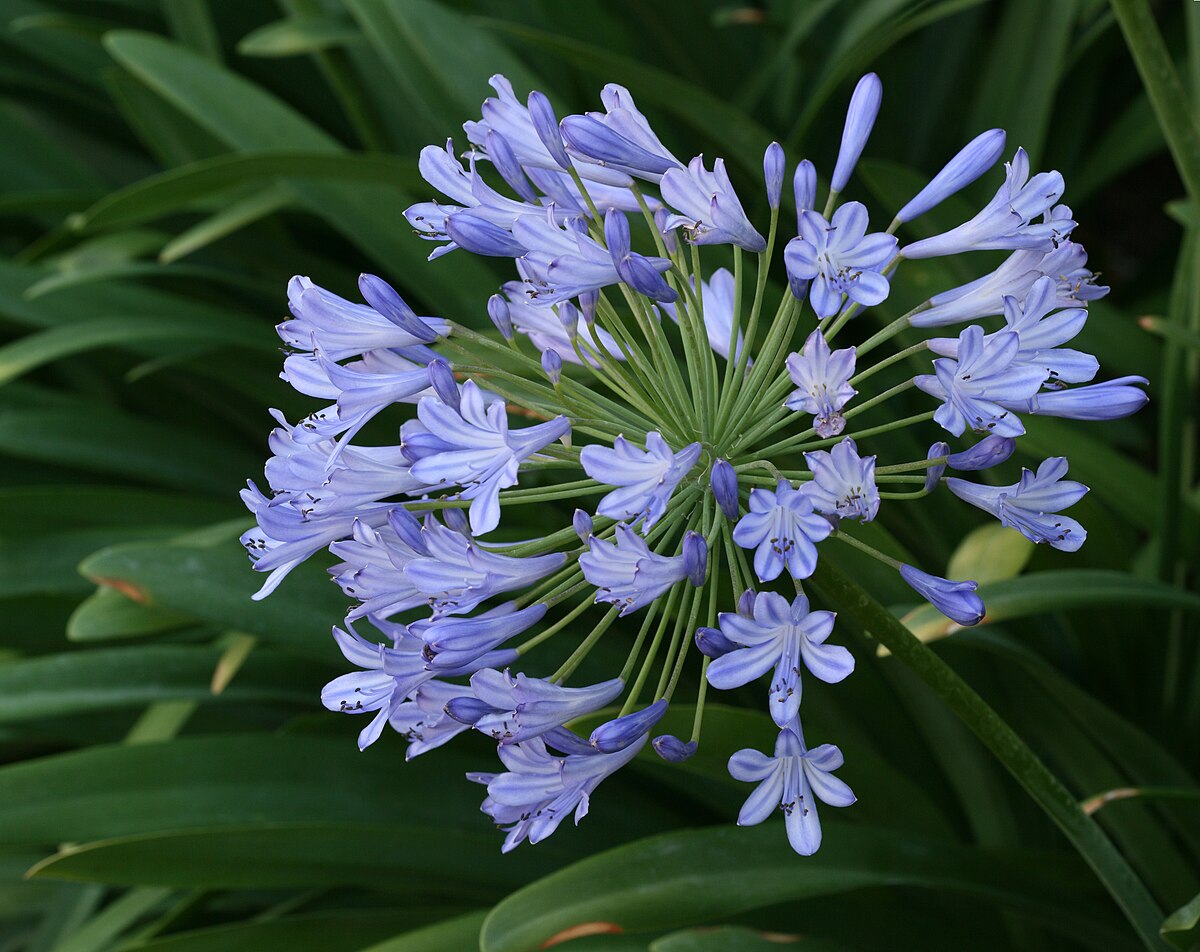Forest fever-berry; Croton sylvaticus
Croton sylvaticus grows in coastal and inland forests, in scrub, often along streams from Port St. Johns through KwaZulu-Natal, Swaziland and Mpumalanga to Limpopo.
The wood of Croton sylvaticus is soft, very pale in colour, often with small dark streaks, and is easily worked. It burns like Ptaeroxylon obliquum (sneezewood) when it is green. It is noteworthy that the Venda name muima-vanda means 'stand in courtyard'. The Xhosa name, umFeze refers to the spittle-bug, an insect that often infests the tree. Leaves are made into a poultice to treat pleurisy. The bark is used to treat rheumatism and in Gazaland is utilized as a fish poison. Finely ground bark is used for the treatment of intestinal disorders, for healing bleeding gums and as a purgative. Powdered bark is used by the Swazi for gallsickness in cattle. It is an attractive, fast-growing decorative shade tree for warmer gardens. Particularly beautiful when covered with bunches of bright orange fruits, the forest fever-berry can be evergreen under favourable conditions.
More: www.plantzafrica.com/plantcd/crotonsylvaticus.htm
 A preparation of the roots is taken in the sixth or seventh month of pregnancy. It is mildly laxative, a uterotonic, and may assist the functioning of the kidneys. Water in which the plant is growing is taken twice a day from the fifth month of pregnancy to ensure a healthy baby. A strong decoction of the rhizome is taken to induce labor, augment contractions, and to expel the placenta. An infusion of the root is used as an emetic for coughs and chest and heart conditions.
A preparation of the roots is taken in the sixth or seventh month of pregnancy. It is mildly laxative, a uterotonic, and may assist the functioning of the kidneys. Water in which the plant is growing is taken twice a day from the fifth month of pregnancy to ensure a healthy baby. A strong decoction of the rhizome is taken to induce labor, augment contractions, and to expel the placenta. An infusion of the root is used as an emetic for coughs and chest and heart conditions.